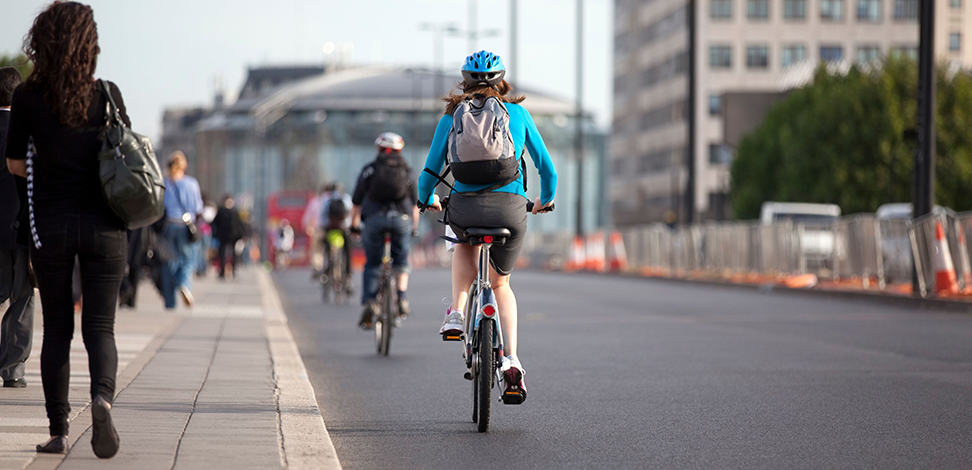Active transportation is fast becoming the ‘go-to’ method of travelling. A couple of months ago, TfL and London Councils chose operators Dott, Lime and TIER to launch a 12-month trial for rental e-scooters. It signals yet another post-pandemic ambition to move towards sustainable travel, and this micromobility shift bolts onto the significant rise in active transportation uptake (e.g. cycling and walking) and popularity of rental (e-)bikes.
Now that we are emerging into a new world, where active transportation is becoming the new normal, we need to prioritise sustainable transport infrastructure to help navigate this transition. Viva’s AI-powered sensors can help adapt to these new modes, and the complexity they introduce to the ecosystem. Our accurate real-time anonymous data for active transportation insights work to monitor these modal shifts in travel, separating success from failure when it comes to implementing new schemes. By measuring what matters, our AI solutions promote positive change in cities, facilitating cleaner air and smarter streets for all.
The increase in human-powered mobility, such as cycling and walking, was the first reaction to being locked indoors during the pandemic. Following this trend, the growing active transportation spectrum has lent itself to a rise in the use of micromobility vehicles. With the sustainable travel spectrum widening rapidly, the number of interactions is growing exponentially.
Data led schemes such as segregated cycle lanes, new cycle routes and flexible pedestrian-only zones, along with (at times controversial) Low Traffic Neighbourhoods and ‘School Streets’ initiatives, have all been introduced to boost sustainable travel, road safety, air quality and people’s way of life. Our data has enabled these schemes to reach their potential, helping rollout effective and sustainable transport solutions.
By placing our AI sensors at a specific road or junction, we can anonymously classify and measure real-time different modes of travel through counts and capture traits such as speed and pathways. Our ability to accrue such data is pivotal to the success of sustainable travel schemes and infrastructure changes. It provides objective, accurate evidence on their impact, to feed back to funding bodies and stakeholders alike. One of data’s key use cases is assessing the ‘before, during and after’ results of initiatives. At Viva, our insights support councils in making informed decisions about where to implement infrastructure changes, allowing for continual adaptation of schemes, and even predict and plan for future changes.
We have a golden chance to create sustainable cities through intelligent design, and the growing spectrum of sustainable travel modes is only making the need for greater datasets on our roads more critical. The more detailed insights we can attain, and the more responsive our cities are to its citizens, the better we can create a system of travel that can accommodate all users while significantly reducing pollution levels. Data has the power to unlock this future, now.
Get in touch with Viva to find out more about our traffic management and data solution and to ask for a free demo.
Like our content? Sign up to our newsletter and receive the latest updates in your inbox.
Sign-Up








